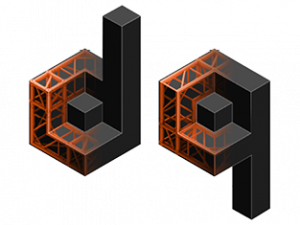In the world of rigging equipment, you will often hear the acronyms WLL, SWL, MBL/MBS/MBF. What do they mean, and which one should be used?


SWL – Safe Working Load
WLL – Working Load Limit (also referred to in Australian regulations as “rated capacity”)
MBL/MBS/MBF – Minimum Breaking Load/Strain/Force
In short, both mean the same thing. SWL is the old term that has now been superseded by WLL. They refer to the load that can be applied to a particular piece of rigging equipment that considers a safety factor based on the maximum load (MBL) that the equipment will hold before breaking. For example, a 1000kg piece of hardware with a 5:1 safety factor will have been load tested and proven that it will not break at any load up to 5000kg (the MBL). That maximum load is then derated by dividing by 5 to allow for a suitable safety margin between the maximum load and the actual applied load.
This does not mean that you can attach a higher load than the WLL specified by the manufacturer. Instead, the safety factor allows room for minor wear and tear and deterioration of the equipment within allowable limits and helps absorb shock loading and dynamic forces during lifting.
There is no hard and fast rule for the safety factor as it can change depending on the standards equipment is built to or between different types of equipment. For example, some equipment may be 5:1, others 7:1 or 13:1. But, for our purposes, this figure is typically not important. Instead, the number we should be concerned with is the Working Load Limit. That’s our number we should work to and never exceed.
It should also be noted that the WLL rating provided by the manufacturer is typically going to be based on a straight pull load scenario. Therefore, pulling at angles or in bridled slings will change the equipment's rated capacity.
Always seek the advice of a suitably qualified rigger or engineer to determine the proper selection of rigging equipment and have it installed by a qualified rigger.
